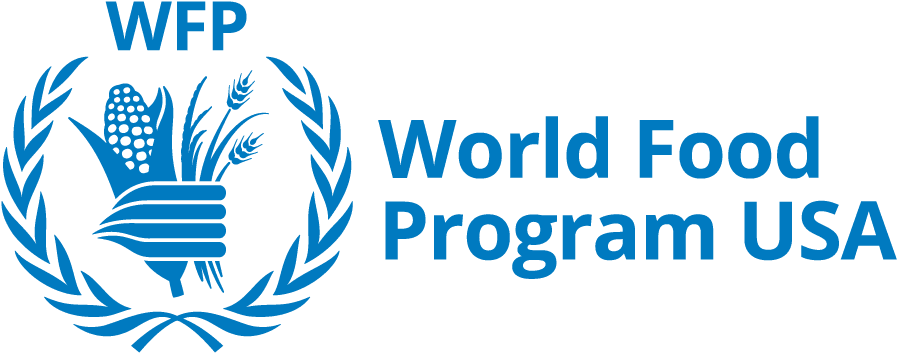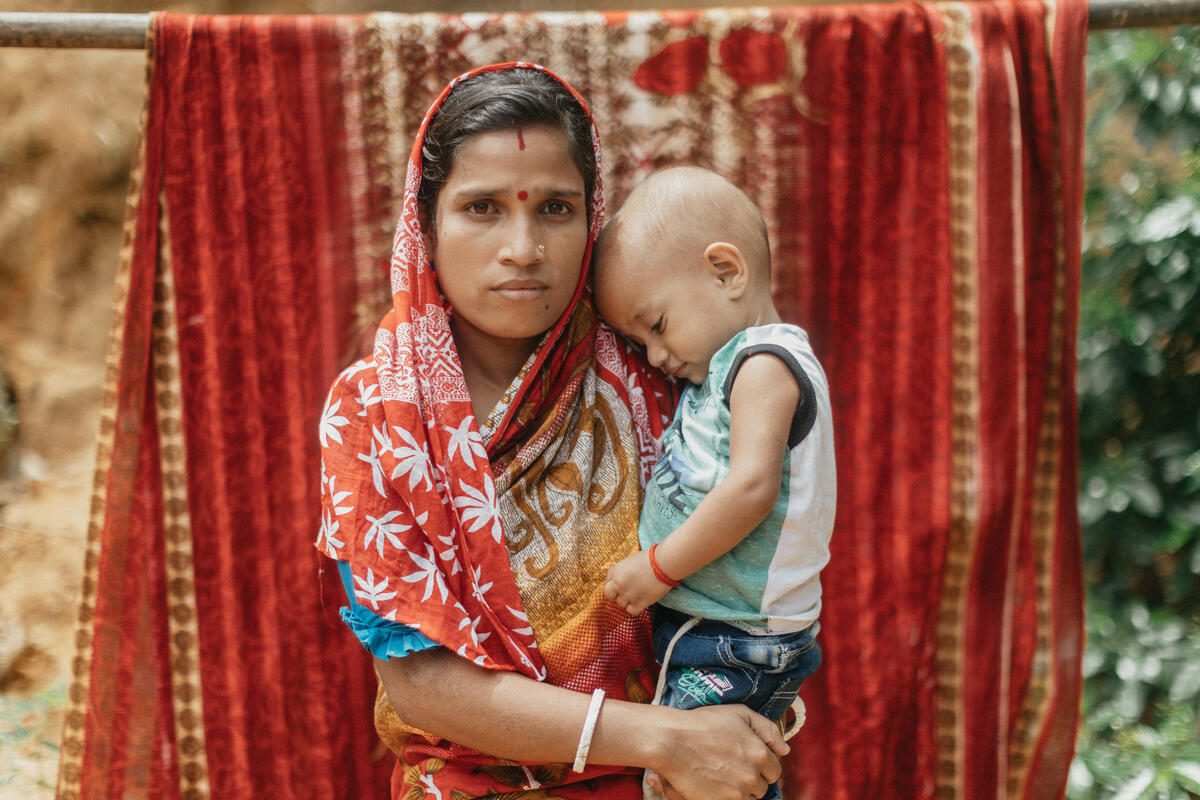WFP’s Refugee Response
- 1.4M Rohingya refugees and Bangladeshis receive lifesaving food assistance
- 188,660 Rohingya women and children are supported with nutrition services
- 260,000 schoolchildren across 3,500 learning centers in Cox’s Bazar and Bhasan Char receive fortified biscuits
You can make a difference. By understanding issues, learning how to civically engage, and joining the movement to end global hunger for good.


















